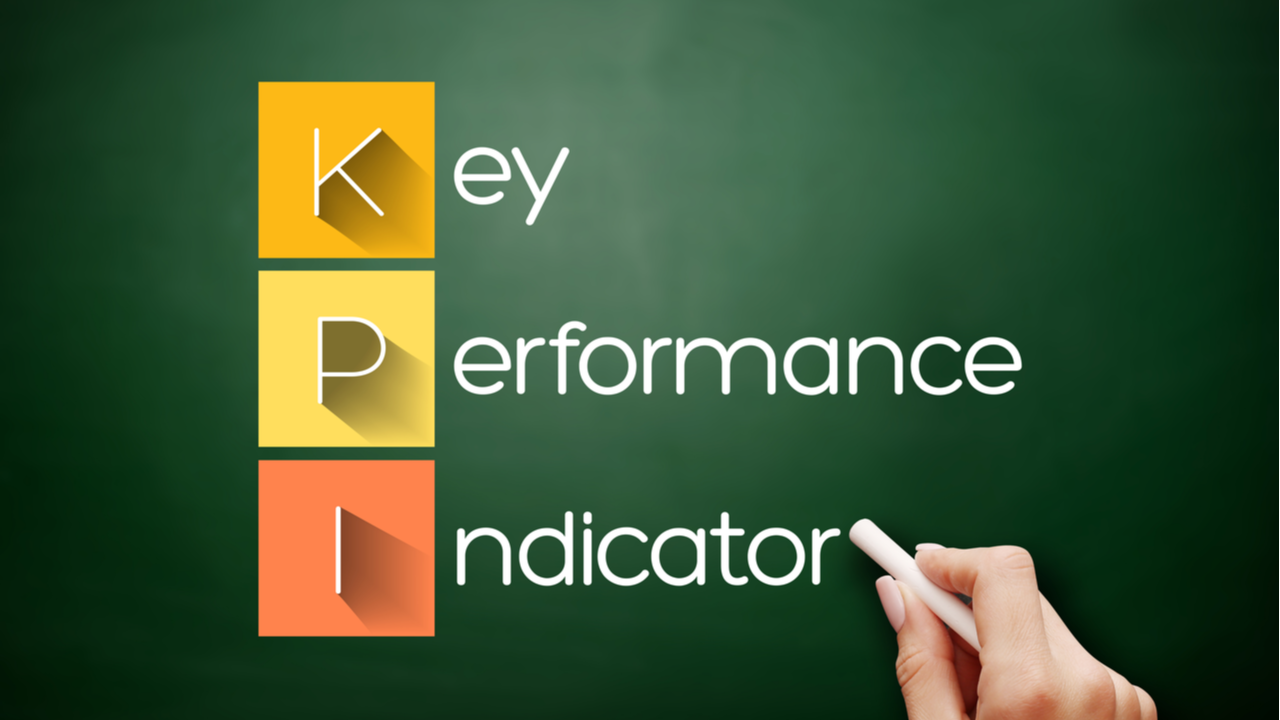What Must Go Right?


As I worked my way through a lengthy quarterly report recently – complete with tables, charts, graphs, and color-coded dashboard indicators – it occurred to me that there was very little there that would help me to anticipate what might come next.
The report provided lots of detail about what had been accomplished over the past quarter, the past year, and the past several years. From reading the report, I knew exactly where we’ve been and where we are right now. Unfortunately, it gave me no idea where we’re headed and whether or not we’re likely to reach our destination.
It felt like driving forward while looking in the rearview mirror. It’s true that you should know what’s behind you, but you had better also anticipate what’s ahead of you!
Which brings us to leading and lagging indicators.
But first, how do Key Performance Indicators (KPIs) fit into the work of the board?
The Board’s Three Main Functions
It’s often said that the work of a board of directors can be boiled down to three functions - setting direction, delegating authority, and monitoring progress.
Setting direction occurs formally through the board’s approval of the organization’s strategic plan. See our earlier blog post A Fork in the Road – The Director’s Role in Strategy for more about that process.
Delegating authority, of course, happens through the board’s appointment of a CEO or Executive Director to manage the organization. Read our blog posts on CEO Selection and Succession Planning for more on this topic.

The third function, monitoring progress, closes the loop, ensuring that the board’s role in strategy is a continuous process, not a “one and done” effort.
As part of strategic planning, the board determines how the new plan will be monitored and measured. That includes developing KPIs to measure performance and show progress, as well as deciding on the frequency of reporting. Read our earlier blog post Keeping the Train on Track for more about monitoring the plan.
I’ve said it before and I’ll say it again - in over twenty years working with boards and serving on boards, I find it’s the third step – monitoring progress - that gets dropped most often.
Part of the problem is determining exactly what to monitor in order to gauge progress. And even if KPIs have been defined, they almost always turn out to be lagging indicators. In my experience, identifying leading indicators happens even more rarely.
Leading and Lagging Indicators
To return to our driving analogy, leading indicators show you the view ahead through the windshield, while lagging indicators are what you see in the rearview mirror.
Lagging indicators offer the most concrete way to understand if you’ve accomplished your goals or not. A good set of lagging indicators will tell you what happened over the last quarter or the last year by examining your outputs and outcomes. They don’t predict what’s going to happen, but they’re great at telling you what did happen. Some common lagging indicators are profits, revenue, expenses. number of customers, percent renewal, recurring revenue, etc.

Leading indicators, on the other hand, are measures that correlate with a future change in another measure. They’re valuable because they provide insight into likely future outcomes, helping organizations understand how they should act in the present. In business, examples of leading indicators might be consumer confidence, customer satisfaction, new product pipeline, new market growth, or brand recognition.
Leading indicators vary according to the goal being pursued. For instance, leading indicators for a goal of increasing customer purchases might be the number of products available, product discounts, product recommendations, or seasonal product sales. Depending on your business, any of these could be drivers of customer purchases.
Looking for an example from a not-for-profit situation? It’s known that the more engaged and connected donors feel, the more they give. So, it makes sense to measure donor engagement to predict donation growth. The leading indicator would be a measure of donor engagement and the lagging indicator would be total donations or donation growth rate.
Leading indicators are a bit of a crystal ball. They might help predict the future, but it can be challenging for organizations to define leading indicators. They are trickier to measure than lagging indicators because they tend to be more abstract. For instance, consider the quote below from Bill Gates about an important societal leading indicator.
“In the long run, your human capital is your main base of competition. Your leading indicator of where you're going to be 20 years from now is how well you're doing in your education system.” – Bill Gates
In developing their own leading indicators, organizations need to consider what might be good predictors for their goals. In his article ‘What Is A Leading Indicator? What Are The Best Examples?’, Bernard Marr proposes four broad steps to determine leading indicators:
Step 1 - Define your goals. Start with your strategy and identify what it is you want to achieve in areas such as financial performance and customer or market performance.
Step 2 - Find measures for your results. Once you are clear about what you want to achieve, you want to have measures in place to track your outcomes or results. These are your lagging indicators.
Step 3 - Identify the value drivers. In this step you try to figure out what activities you must perform well or what conditions must be met to achieve your goals. Board directors can prompt this discussion with questions such as:
- What are the key processes or inputs that lead to that result?
- What processes or variables will make us achieve that goal better or faster?
- What do we need to do well in order to improve that outcome measure or goal?
- What are the best things we can do to help us get to our future goals and targets?
- What processes can we employ to achieve this goal to higher levels of success?
- What skills can we improve to better achieve the desired outcome?
- What steps can be taken to speed up product development?
- What do we need to do to achieve our goals?
- What are the key activities that will drive success?
- What market conditions need to be in place?
These are all good questions, but my favorite is this one:
“What must go right (in order to achieve success in …) ?”
I’ve found that this question is broad and open enough to give rise to serious thinking about the drivers of organizational success, yet not so vague that it causes directors to plunge down a rabbit hole.
Step 4 - Define your leading indicators. In this final step, you identify how you might measure your value drivers. These can be measures of the activities you need to perform, or they can be signals or measures of conditions, such as consumer behavior or market trends.
A Balanced Monitoring Framework
To fulfill its role of monitoring organizational progress, a board of directors has to rely on a timely, accurate and relevant system of performance monitoring. – one that includes both lagging and leading indicators.
Lagging indicators are an important element in the monitoring framework because they represent the undeniable truth. Lagging indicators are, by definition, final when the board is reviewing them. Unlike with leading indicators, nothing can be done to change the outcome.
But leading indicators measure activities and conditions that the organization still has opportunities to influence or adapt to. Too much of a focus on lagging indicators alone might cause the board or management to miss those important opportunities.
By regularly reviewing a combination of leading and lagging indicators, the board can better understand the organization’s performance and — more importantly — work with management to find ways to improve it in the future.
Your takeaways:
- Monitoring performance is one of the board’s key functions, along with setting direction and delegating authority.
- When developing a strategic plan, the board should also determine how and when it will monitor progress.
- Lagging indicators measure past performance, while leading indicators help to predict future outcomes.
- A balanced approach to monitoring progress includes both lagging and leading indicators.
Resources:
- What’s the Difference Between Leading and Lagging Indicators? Bernard Marr. Forbes.
- Leading vs Lagging Indicators: What’s the Difference? Stephen Watts. BMC Blogs.
- What Is A Leading Indicator? What Are The Best Examples? Bernard Marr & Co.
Leave a comment below to get in on the conversation.
Thank you.
Scott
Scott Baldwin is a certified corporate director (ICD.D) and co-founder of DirectorPrep.com – an online hub with hundreds of guideline questions and resources to help prepare for your next board meeting.
Share Your Insight: How can board directors help their organizations develop valid KPIs?
Comment



